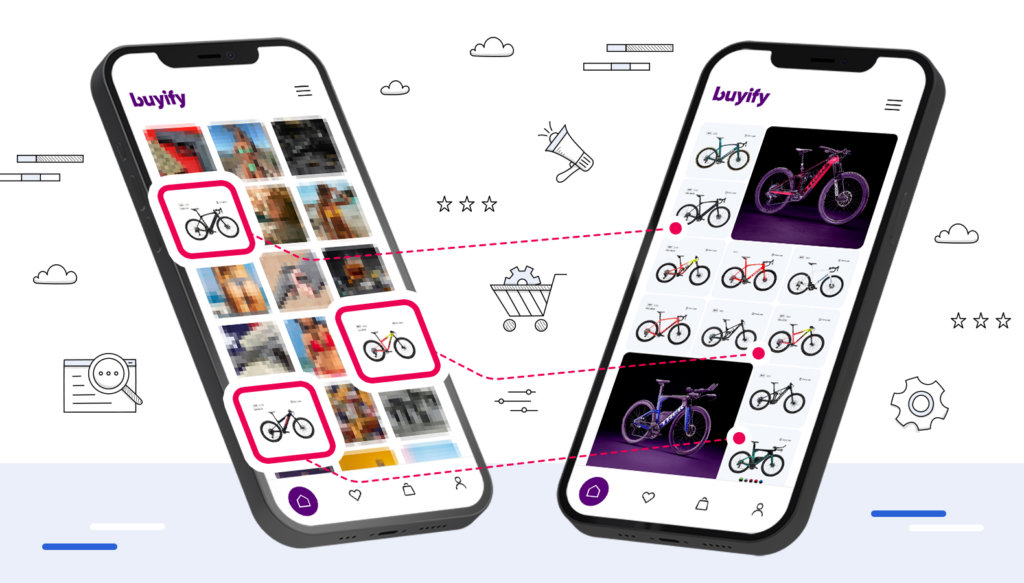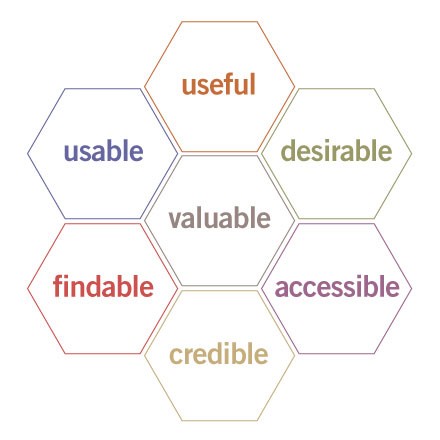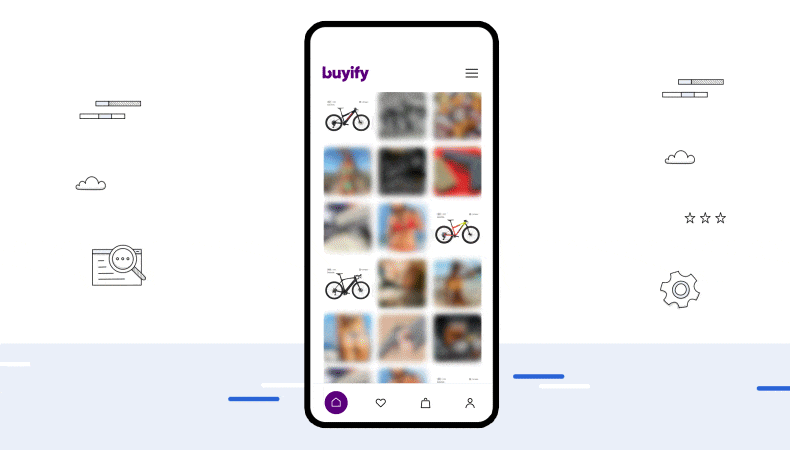Contents
A good website loads fast, boast a beautiful design, is search engine friendly, and offers a brilliant user experience design. A website with a poor design could make users feel like your brand is of poor quality or untrustworthy.
*record scratch*
But if you peel off that top layer of design elements – what is a user experience, really?
Nielsen Norman Group probably says it best that “user experience encompasses all aspects of the end-user interaction with the company, its services, and its products.”
All your design efforts will come up short if your website, or app, is not supporting your users’ goals. To most business owners, these goals are so fundamental that they risk being forgotten when you’re focused on all aspects of your business. With user-generated content platforms such as dating apps, marketplaces, video streaming, etc., you’re essentially handing over a massive chunk of your user experience to your community.
Consider this: You are interested in buying a bike, hop on your favorite marketplace app and search for bikes. The search result shows hundreds of postings near you. Great! The only thing is, first, you must wade through 4 pages of inappropriate images, scams, and harassment.

To quote Donald Miller, “a caveman should be able to glance at it and immediately grunt back what you offer.” This is referred to as the Grunt Test; it’s a real thing.
Many marketing reports show that poor design decisions are why customers may leave your site. That’s a given. One report says that 88% of online consumers are unlikely to return to a website after a poor experience.
With user-generated content platforms you’re essentially handing over a massive chunk of your user experience to your community.
Most likely, those numbers are closer to 99% should we remove content moderation from the user experience equation.
The user experience honeycomb
At the core of UX is ensuring that users find value in what you provide. Peter Morville presents this magnificent through his User Experience Honeycomb.

One of the 7 facets of his honeycomb is “credible,” as Morville notes that for there to be a meaningful and valuable user experience, information must be:
Credible: Users must trust and believe what you tell them.
So what if your information and content are user-generated? Then you aren’t the one providing the credibility.

We would argue that Credible (or Trust) serves best as the base for your user experience when it comes to user-generated content apps and websites. After all, the user experience is more than just something intuitive to use.
When user experience fails despite good design
Few things will hurt your users’ confidence in your app faster than harassment or irrelevant content. In-game chats and, to some extent, dating apps are breeding grounds for trolling. Flame wars can create an unfriendly online environment, making other users feel compelled to respond to abusers or leave your platform entirely.
Harassment still happens, and no one is immune, despite your platform’s fantastic design.
The emphasis on trust and credibility can not be overstated when your platform relies on user-generated content.

Online reviews and comments from social media are the new word-of-mouth advertisement. With a growing pool of information available online to more consumers, this form of content could either become an effective branding tool or the undoing of branding. Even if the content does not appeal to children, they may still flag it on the site or tell an adult they trust.
Trust user reviews, images, and videos
Suppose handing over a big part of your customers’ user experience to largely unknown users feels like a scary ordeal. In that case, you’re in for a rollercoaster regarding reviews.
Fake online reviews are more prevalent than you might think and could lead you to purchase a product you would not have otherwise. Fake customer reviews are usually glowing, even over-the-top, reading more like infomercials than reviews. One MIT study found that fake reviews typically contained more exclamation points than genuine reviews. Fake reviewers believe that adding these marks will emphasize the negative emotions behind their feedback.
Conversely, it is not uncommon for sellers to purchase fake, one-star reviews to flood competitors’ pages.
According to research, 91% of people read online reviews regularly or occasionally, and 84% trust online reviews as much as personal recommendations.
Building trust into the user journey
Your online business aims to attract, retain, or engage users; creating an experience that turns them off is not a smart step in this direction. It should be kept in mind that users should have an accessible and user-friendly experience when going on this journey with you. We even published a webinar about building trust into a user journey if you’re interested.
Ahem… tap, tap… is this thing on? 🎙️
We’re Besedo and we provide content moderation tools and services to companies all over the world. Often behind the scenes.
Want to learn more? Check out our homepage and use cases.
And above all, don’t hesitate to contact us if you have questions or want a demo.




